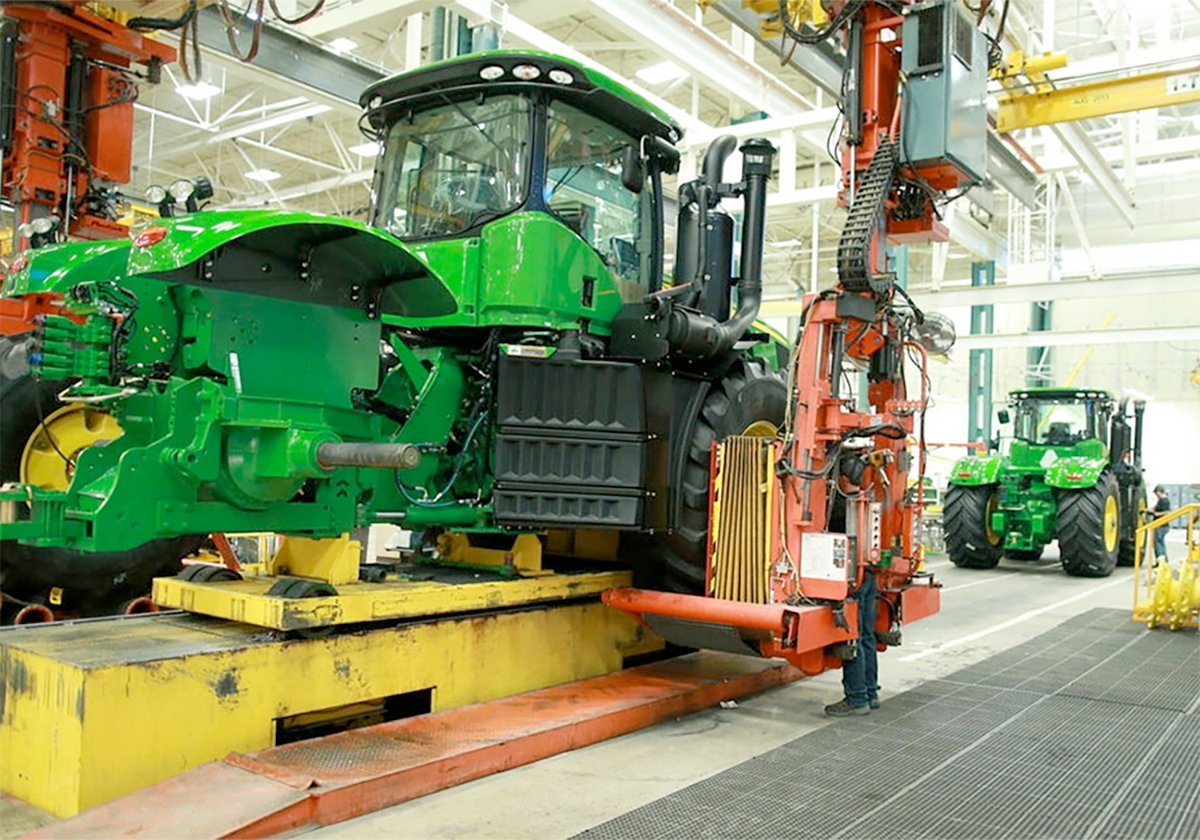TO SAY that Winnipeg New Democrat MP Judy Wasylycia-Leis was impressed to learn about the extent of the food industry’s presence in her riding would be an understatement.
“Fourteen percent,” she said, referring to the percentage of agriculture and processed food employment in 2001 in her very urban Winnipeg North riding. It represented more than $57 million in economic activity.
“I’m shocked.”
It was one of the best agricultural promotions on Parliament Hill in some time.
In mid-October, the Canadian Federation of Agriculture organized a reception in one of Parliament’s most opulent rooms and instead of simply hoping that attending MPs and their staff got the point about the importance of agriculture, each visiting MP was issued a name tag with the importance of agriculture in their riding laid out in black and white.
Read Also

Trump’s trade policies take their toll on Canadian producers
U.S. trade policy as dictated by president Donald Trump is hurting Canadian farmers in a multitude of ways.
Gerry Ritz, Conservative MP from Saskatchewan’s Battlefords-Lloydminster riding, found out that 69 percent of goods-producing employment in his riding is connected to the food sector, $195 million worth.
Belinda Stronach, rising Conservative star, auto parts heiress and industrial Ontario representative, would have found out that food production and manufacturing provided 13 percent of the goods producing jobs in her Newmarket-Aurora riding north of Toronto.
Calgary MP and Opposition leader Stephen Harper was looking at a food economy impact of $55 million, 17 percent.
Even prime minister Paul Martin, from deepest darkest Montreal, would have found out his Lasalle-Emard riding has a 20 percent food sector economic presence, worth at least $74 million annually.
The agricultural promotion had visiting MPs and their staffs buzzing. Who knew, outside the farm community, how that $36 billion industry affects all areas of the country, no matter how far city slickers think they are from the farm?
Several days later, it was the turn of Dairy Farmers of Canada to bring a farm message to Parliament Hill, but with a different twist.
Instead of talking about the economic importance of the sector, DFC president Jacques Laforge showed up at the National Press Club to remind eaters how little of the wealth farmers help create actually stays with the primary producers.
DFC hosted the lunch and the menu included chicken caesar salad, strip loin steak, potatoes, vegetables and cheese.
In a restaurant, said Laforge, the meal would cost $25 with 15 percent tip included. The farmer share was $1.12, federal and provincial taxes on the meal (GST and PST) totalled $3.75. The tip to the server was $3.75.
The New Brunswick farmer said the message was simple. Behind all the debates over closed borders, farm support programs and national agricultural policy stands the stark reality that the farmer slice of the food dollar in Canada is minuscule.
Of course, in the agricultural debate few things are as simple as they appear but those two lobbies presented two truths that policies makers should keep in mind when they engage in endless hand-wringing efforts to create a reasonable farm policy – farming is the starting point for a vast and wealthy economic engine that touches all Canadian communities, yet farmers get to keep remarkably little of the wealth they help create.














